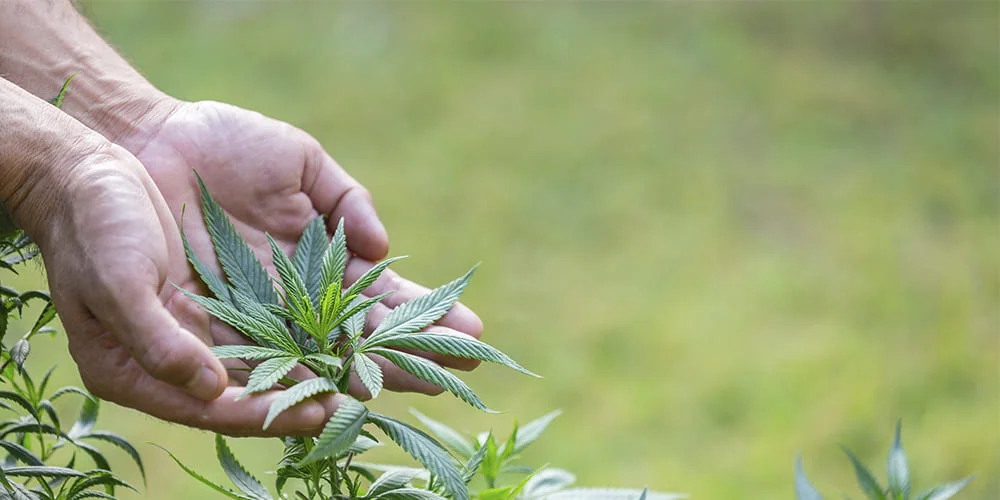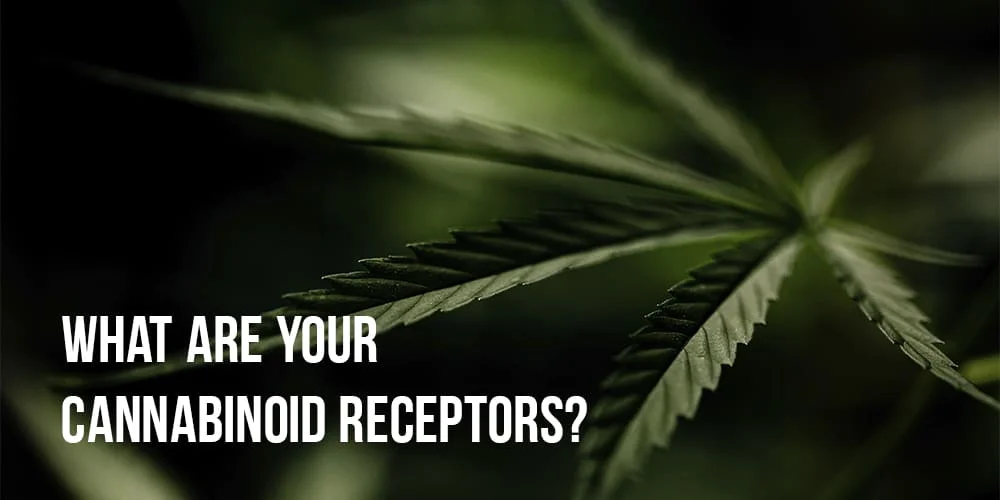Join us on this captivating journey as we unravel the secrets of endocannabinoids, cannabinoid receptors, and enzymes, and explore the profound impact of the ECS on human well-being.
Discover how this masterful conductor influences functions like sleep, appetite, pain, cognition, and more, and witness the extraordinary dance between endocannabinoids and their receptors. Let the enigma of the ECS beckon you into the mesmerizing narrative of human biology.
Do you like the interaction between cannabis and the human body? Then we advise you to read these articles:
Why do we have cannabinoid receptors?

In the fascinating realm of human biology, a captivating interplay occurs between cannabis and our cells. At the core of this dance lies the enigmatic cannabinoid receptors – the key players responsible for unleashing both psychoactive and medicinal effects.
Alas, misnomers abound, and these crucial receptors are mistakenly dubbed “cannabis receptors”. Yet, let it be known that cannabis compounds find their fit here not by design but by chance.
For, hidden within our very own biological tapestry, a clandestine secret lies – the endocannabinoids. Like a mirror reflecting THC’s effects, they are the body’s own counterparts to the cannabis compounds.
Regrettably, endocannabinoids rarely grace the pages of medical textbooks. Their significance, however, is nothing short of infinite, profoundly impacting human well-being.
Behold the marvel of the endocannabinoid system (ECS) – a sprawling neurotransmitter network, facilitating communication between brain and body through nerve cells. A mesmerizing feat of nature, indeed.
What does the endocannabinoid system (ECS) do?

Within the wondrous realm of biology, the ECS emerges as a masterful conductor, orchestrating harmony within. As the body’s homeostatic regulator, it diligently preserves equilibrium.
Through seamless coordination, the ECS communicates between brain and body, adeptly responding to both internal and external cues.
For instance, its influence extends to the sleep-wake cycle, ensuring timely fatigue and morning awakenings. And with appetite, endocannabinoid molecules act as vigilant messengers, signaling hunger and mealtime.
Scientists continuously probe the ECS, unraveling its multifaceted nature. Thus far, its regulatory prowess extends to an impressive array of functions:
- Sleep
- Appetite
- Pain
- Pleasure
- Cognition
- Memory
If you want to relax and take a rest, then we recommend you to try Paradise Cream strain in Mini joint. At the beginning you can feel a surge of energy and concentration. After a while Paradise Cream envelops in an airy cloud and brings you into a state of relaxation.
Or what about Disposable Vape Pen with Gushers? It is a popular cannabis product that is known for its potent effects. It provides a feeling of euphoria, relaxation, and can help promote good sleep. The flavor and aroma of the Gushers weed strain are sweet and fruity with a hint of earthy undertones.
How does it work?

Within the intricate symphony of human biology, the ECS gracefully conducts its melody with three core components: endocannabinoids, receptors, and enzymes.
Endocannabinoids, also known as endogenous cannabinoids, emerge as the virtuoso molecules crafted by your own body. Similar to cannabinoids, they harmonize crucial functions, yet it’s your body that brings them to life.
Two key endocannabinoids have been bestowed upon us by experts:
- Anandamide (AEA)
- 2-arachidonoylglycerol (2-AG)
These virtuosos orchestrate the smooth functioning of internal processes, diligently produced as needed. Alas, pinning down typical levels for each remains a challenge, as they sway with the ever-changing rhythm of life.
Endocannabinoid receptors, the eager audience for this mesmerizing performance, reside throughout your body. They eagerly await the binding of endocannabinoids, signaling the ECS into action.
The stage is set with two main endocannabinoid receptors:
- CB1 receptors, predominantly found in the central nervous system.
- CB2 receptors, mostly residing in your peripheral nervous system, especially among immune cells.
Endocannabinoids take center stage, binding to either receptor, orchestrating unique effects depending on their location and their chosen endocannabinoid partner.
For instance, in a delicate pas de deux, endocannabinoids might target CB1 receptors in a spinal nerve, alleviating pain with grace. In another duet, they may embrace a CB2 receptor within your immune cells, signaling inflammation, a common indicator of autoimmune disorders.
As the mesmerizing performance unfolds, the enigma of the ECS beckons, inviting us to immerse ourselves in the captivating narrative of human biology.
Location of the receptors

In the intricate landscape of human biology, two enigmatic receptors take center stage – CB1 and CB2. These molecular sentinels find their abode in the brain, spinal cord, and peripheral organs – spleen, white blood cells, endocrine glands, and more.
CB1 receptors, like conductors, influence various bodily functions. In the brain, they govern memory, pain, and motor control, orchestrating an intricate dance of neural communication. Notably, the brainstem’s scarcity of cannabinoids explains the absence of cannabis-related respiratory distress.
CB2 receptors reside among white blood cells, tonsils, and the spleen, vital players in the immune system. They regulate cytokine release, defending against inflammation and cancer. These receptors also emerge in the brain’s immune cells, although in lesser numbers compared to CB2.
CB1 activation induces psychoactive and circulatory effects, adding a unique dimension to the human experience. In contrast, CB2 remains untethered to such responses, making it a subject of interest in medical research.
Scientists explore CB2 agonists for their potential anti-inflammatory and anti-cancer properties, illuminating new avenues for medical innovation. Nature’s secrets unravel as we explore the captivating tale scripted in biology. Within the human body lies a testament to life’s wonders, waiting to be discovered.
This complex interweaving of receptors, their location and purpose resemble a beautiful flower. Speaking of flowers, what do you think about the cannabis flower? It seems to us that this is a great option for having a good time. If you have a different opinion, then check out our collection of flowers in the catalog!
The symphony of receptors and cannabinoids awaits, inviting us to immerse ourselves in the captivating narrative of human biology.
In this captivating exploration of the endocannabinoid system (ECS), we have delved into the intricate dance between endocannabinoids and cannabinoid receptors, uncovering the profound impact they have on human well-being.
Nature’s marvels unfold as the ECS orchestrates harmony within our bodies, regulating an array of functions from sleep to immune response.
As the enigma of the ECS continues to beckon researchers and enthusiasts alike, its captivating narrative within the human biology invites us to embrace the wonders of this complex and remarkable system.


























